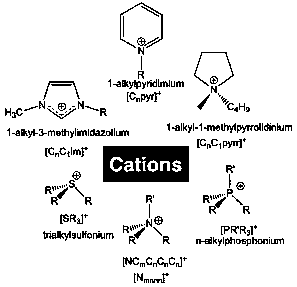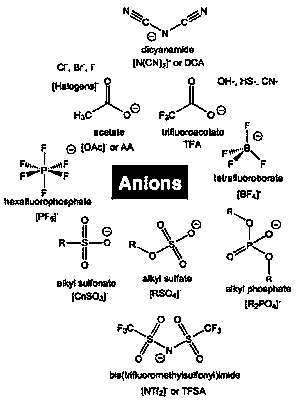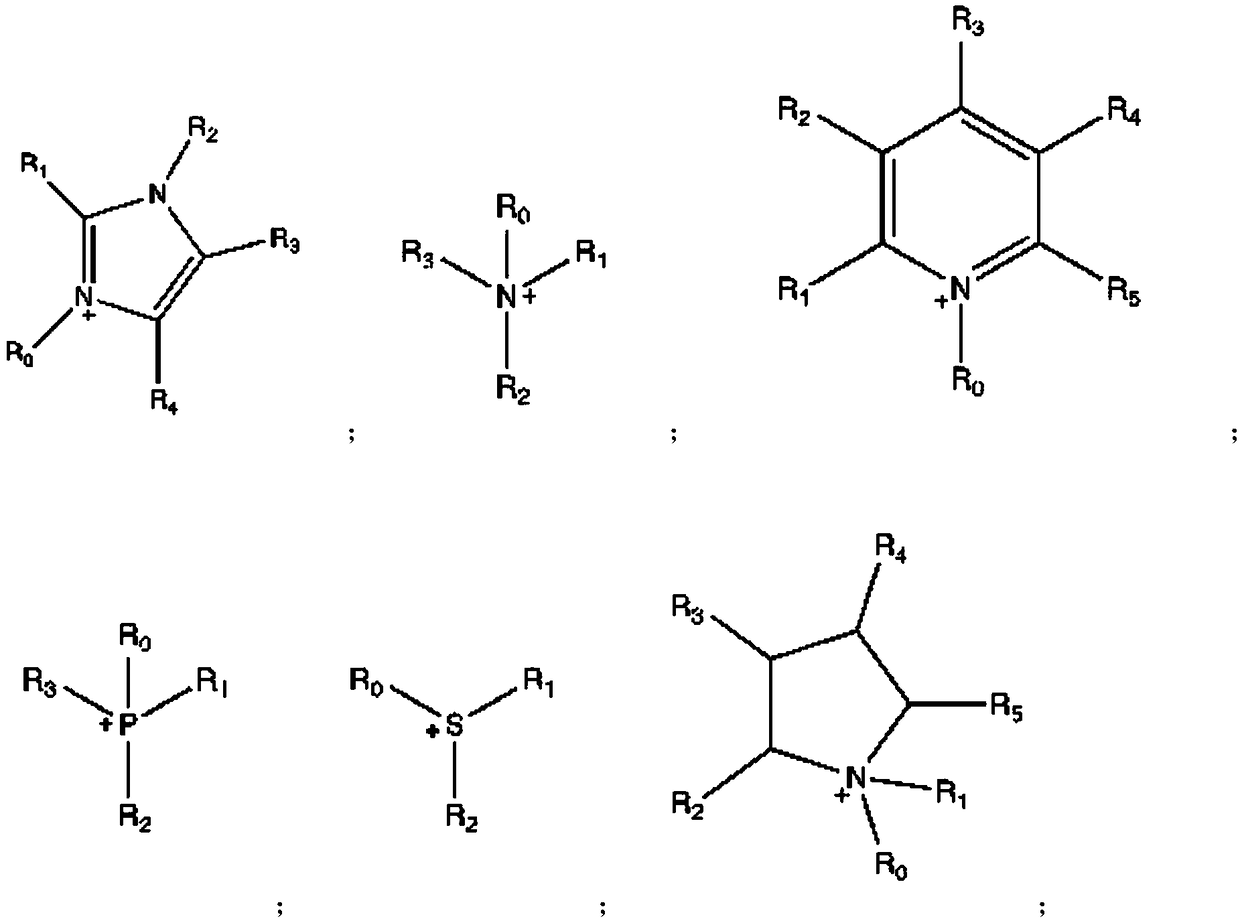Flame-retardant polyacrylic acid plastic, and preparation method and application thereof
A technology of flame retardant polypropylene and acrylic monomers, applied in the field of functional materials, can solve the problems of difficult, unusable, and difficult PMMA flame retardant, and achieve excellent flame retardant effect, reduced viscosity, and good solubility. Effect
- Summary
- Abstract
- Description
- Claims
- Application Information
AI Technical Summary
Problems solved by technology
Method used
Image
Examples
specific Embodiment 1
[0051] Described semi-continuous method concrete operation is as follows:
[0052] First put all the water, emulsifier, initiator, auxiliary agent, etc. into the reactor, stir and heat up; mix all the monomers and place them in the titration device, when the temperature in the reactor rises to the polymerization temperature of 75-78 ℃, and when blue fluorescence appears, drop the mixed monomer into the reactor evenly; usually after all the monomers have been added dropwise, raise the temperature to 85-90℃ and keep it warm for 1 hour. The conversion rate is >98%, the temperature is lowered to about 40-50°C, and ammonia water is added to adjust the pH value to 8-9, and then the material can be discharged.
specific Embodiment 2
[0053] Described seed polymerization concrete operation is as follows:
[0054] Put all the water, emulsifier, auxiliary agent and a small amount of monomer into the reactor as the initial feed, stir, and raise the temperature to a polymerization temperature of 75-78°C; add a small amount of initiator to initiate the polymerization reaction, and after the reaction is basically completed, separate them evenly Add monomers and initiators dropwise; after dropping, raise the temperature to 85-90°C, keep warm until the conversion rate is >98%, lower the temperature to 40-50°C, adjust the pH value to 8-9, and then discharge.
specific Embodiment 3
[0055] Described pre-emulsification method concrete operation is as follows:
[0056] Put 4 / 5 of the total amount of water, emulsifier, initiator, auxiliary agent and all monomers into the container, stir and emulsify quickly at room temperature for 30 minutes; then put 1 / 3 of the pre-emulsion and 1 / 5 of the water into the reaction Stir in the container; heat up to the polymerization temperature, add the remaining pre-emulsion solution dropwise after 0.5-1 hour of reaction, and finish dropping within 3 hours; keep warm until the conversion rate is >98%, lower the temperature, adjust the pH value, and then discharge.
PUM
 Login to View More
Login to View More Abstract
Description
Claims
Application Information
 Login to View More
Login to View More - R&D
- Intellectual Property
- Life Sciences
- Materials
- Tech Scout
- Unparalleled Data Quality
- Higher Quality Content
- 60% Fewer Hallucinations
Browse by: Latest US Patents, China's latest patents, Technical Efficacy Thesaurus, Application Domain, Technology Topic, Popular Technical Reports.
© 2025 PatSnap. All rights reserved.Legal|Privacy policy|Modern Slavery Act Transparency Statement|Sitemap|About US| Contact US: help@patsnap.com



